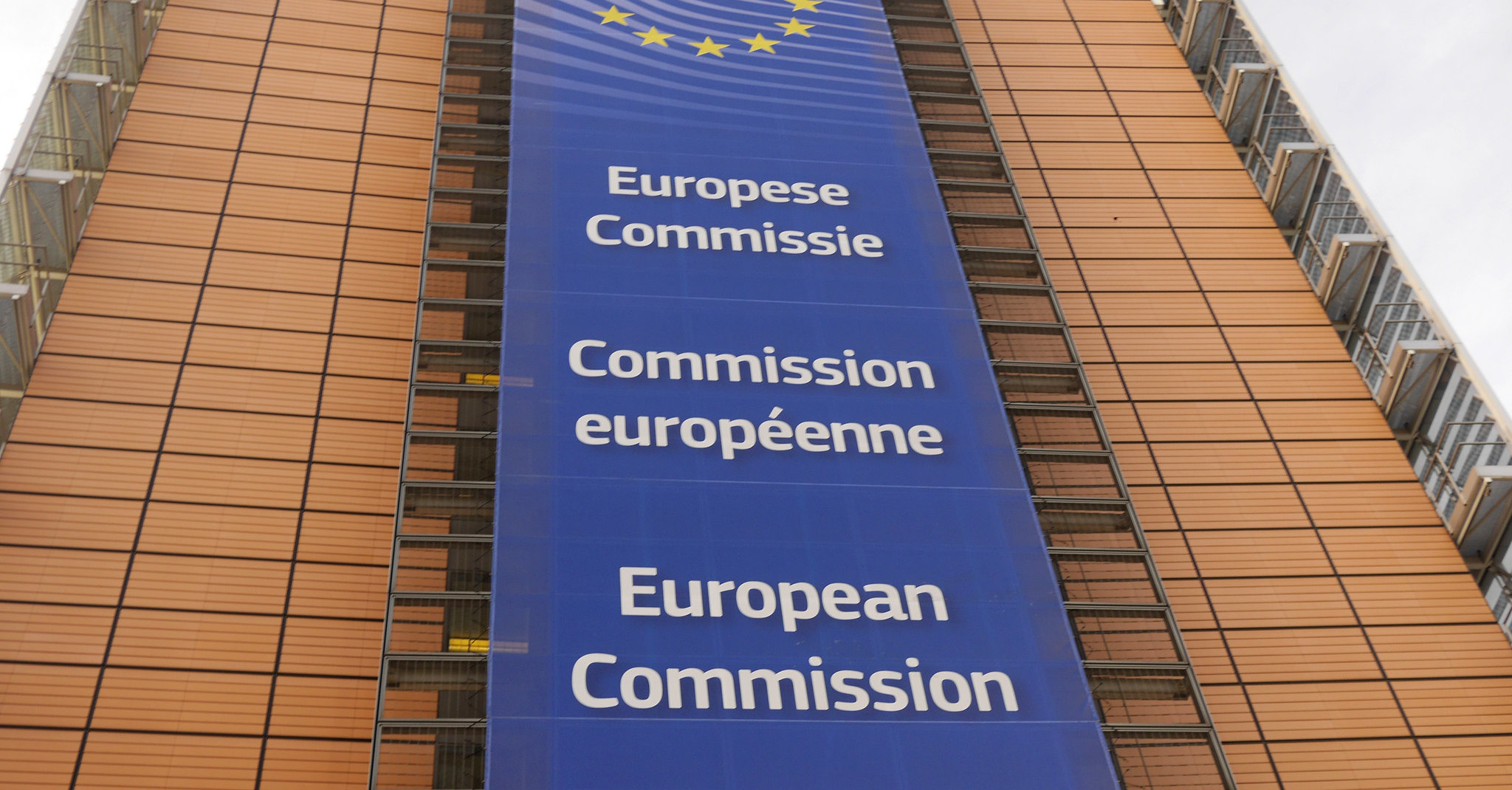The European Commission “Handbook” Promoting the Controversial IHRA Working Definition of Antisemitism: A Legal Analysis
On 7 January 2021, the European Commission (“EC”) published a “Handbook for the practical use of the IHRA Working Definition of Antisemitism” (hereafter: Handbook), notwithstanding the widespread criticism and concerns surrounding the International Holocaust Alliance’s Working Definition of Antisemitism (hereafter: IHRA-WDA) in the last years. As also reflected in its title, the Handbook aims to promote Good Practices in the application of the IHRA-WDA. It contains sections on the IHRA-WDA, presents the 11 Contemporary Examples of Antisemitism attached to it (hereafter: Examples) and lists (alleged) antisemitic incidents. It also offers Good Practices on the use of the IHRA-WDA in various policy areas, including law enforcement, the judiciary and education; and contains a Good Practices checklist.
The ELSC welcomes the critical and comprehensive analysis of the Handbook published by the Belgian NGO coalition 11.11.11 in its briefing paper titled “European Commission ‘Handbook’ entrenches controversial IHRA definition of antisemitism”. The ELSC’s legal brief presented here builds on and complements this 11.11.11 briefing paper by adding relevant legal analysis to the debate about the Handbook.
Section I of this legal brief provides an overview of the main facts that render the Handbook problematic, namely: a) the use of the controversial IHRA-WDA Examples to delegitimise criticism of Israeli Government policies; b) the false equation of anti-Zionism and antisemitism; c) the designation of boycotts and the BDS movement as inherently antisemitic; d) the promotion of an agenda of defunding organisations and activities perceived as supporting anti-Zionism and/or the BDS movement; and e) the use unreliable, biased and unverifiable sources to report alleged antisemitic incidents. Section II will analyse these problematic facts in the light of the relevant legal framework and demonstrate that a) the content of the Handbook amounts to misinformation, according to the definition adopted by the EC itself, as it provides inaccurate and misleading information. Consequently, b) the authors of the Handbook violated the European Code of Conduct of Research Integrity and the EC failed to properly review the author’s work and prevent these violations; and c) as the publisher and owner of the Handbook,the EC bears the duty and the ability to correct the erroneous and imprecise content.
Read the executive summary of the legal analysis
Visual: Cc LIBER Europe, European Commission

